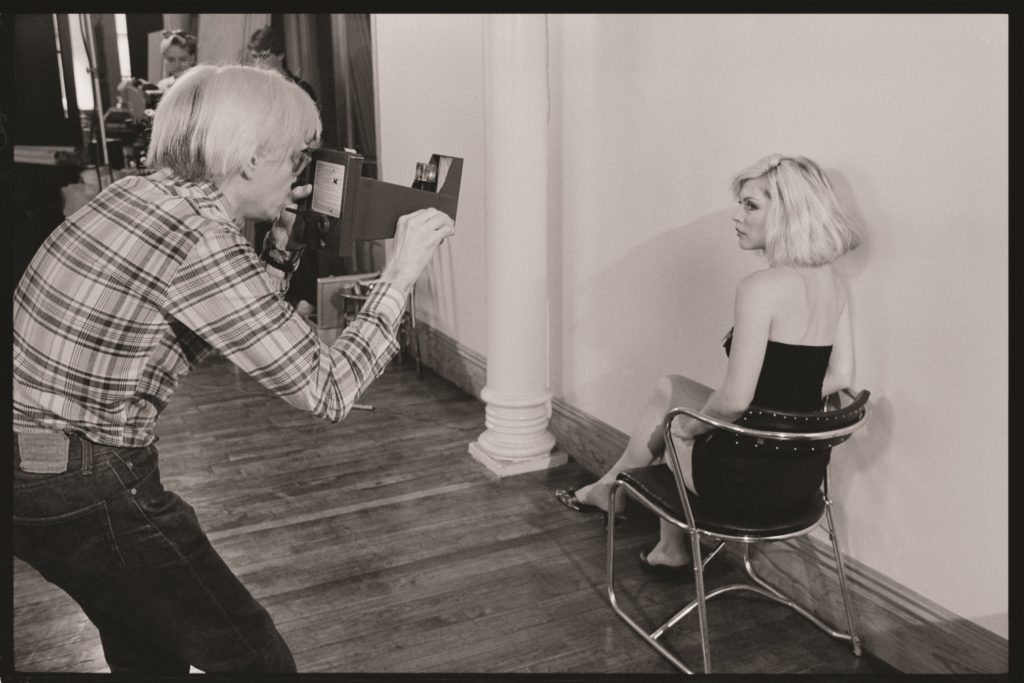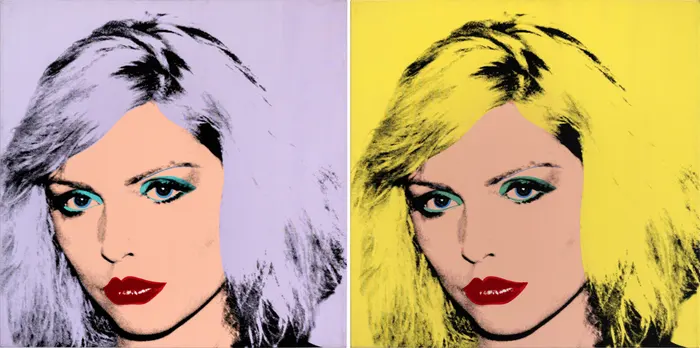Since I have taken on a painting project, re-creating Andy Warhol’s screen-printed celebrity portraits, I’ll need something to print on.
It looks like Warhol would lay out a piece of canvas, paint and print the image on the canvas, then mount it on stretcher bars.


I’m not sure about the canvas prep — everything I’ve ever done was on a gesso-ed canvas, and I didn’t think raw canvas was a stable substrate to use. It looks like Warhol is using un-primed cotton canvas. Regardless, here are my options for substrates:
- Get a roll(s) of canvas, and print it like it appears that Warhol printed it. Then mount it on stretcher bars,
- Buy pre-stretched, primed (gesso) canvas,
- Buy pre-made canvas boards/panels,
- Make a canvas board by using hardware store hardboard, cut-to-size, with canvas glued on and then primed with gesso. (Perhaps the board itself could be primed, and eliminate the canvas?)
I think the size of Warhol’s celebrity portraits were mostly 40″ x 40″ (102 cm x 102 cm). I found a couple of pre-made options (canvases and panels) that met that size, but there were more options available in 36″ x 36″ (91.4 cm x 91.4 cm). Of course, if I make my own — I could use whatever size I want. But I found these 36″x 36″ canvases at JoAnn Fabrics:

And while I was putting together a spreadsheet of the costs involved in the various options, I kept seeing the price change every few weeks on the JoAnn canvases:

They would revolve over several months between $19.99, $15.99, and $11.99. The first two price points allowed the use of 10%-off coupons, whereas the last option did not allow coupons. When I saw the $11.99 price point, I knew there was not going to be an option that was less expensive (and certainly not without a lot more work.) So I bought seven of them.
I had assumed the least expensive option was to get canvas and make your own stretched canvases. But I could not make the numbers work. Every other option was a lot more money. And more work. My only concern is the wooden bracing on the back of the canvas. If I screen printed on the canvas, will it leave a line where the squeegee presses against the stretcher bar? Maybe I can put something flat between the canvas and the bracing? Also, is the primed surface too hard to screen print? If Warhol printed directly on un-primed canvas, I could see that it would take the ink well. But the gesso may be too hard to print. It has a ‘tooth’, so it’s not really smooth, but the hardness of the primer is not like bare cotton canvas. I think there’s a possibility that ink will ‘slide’ or smear across the surface.




